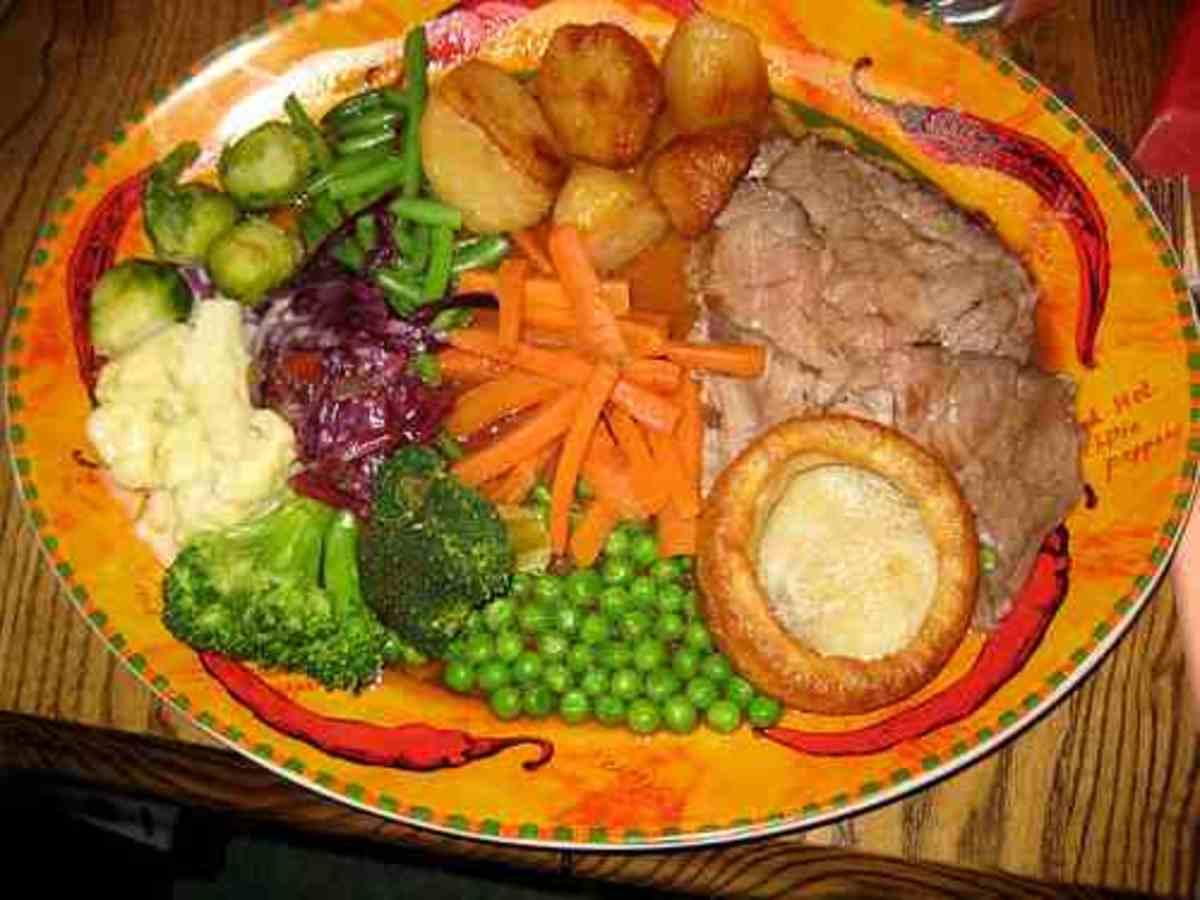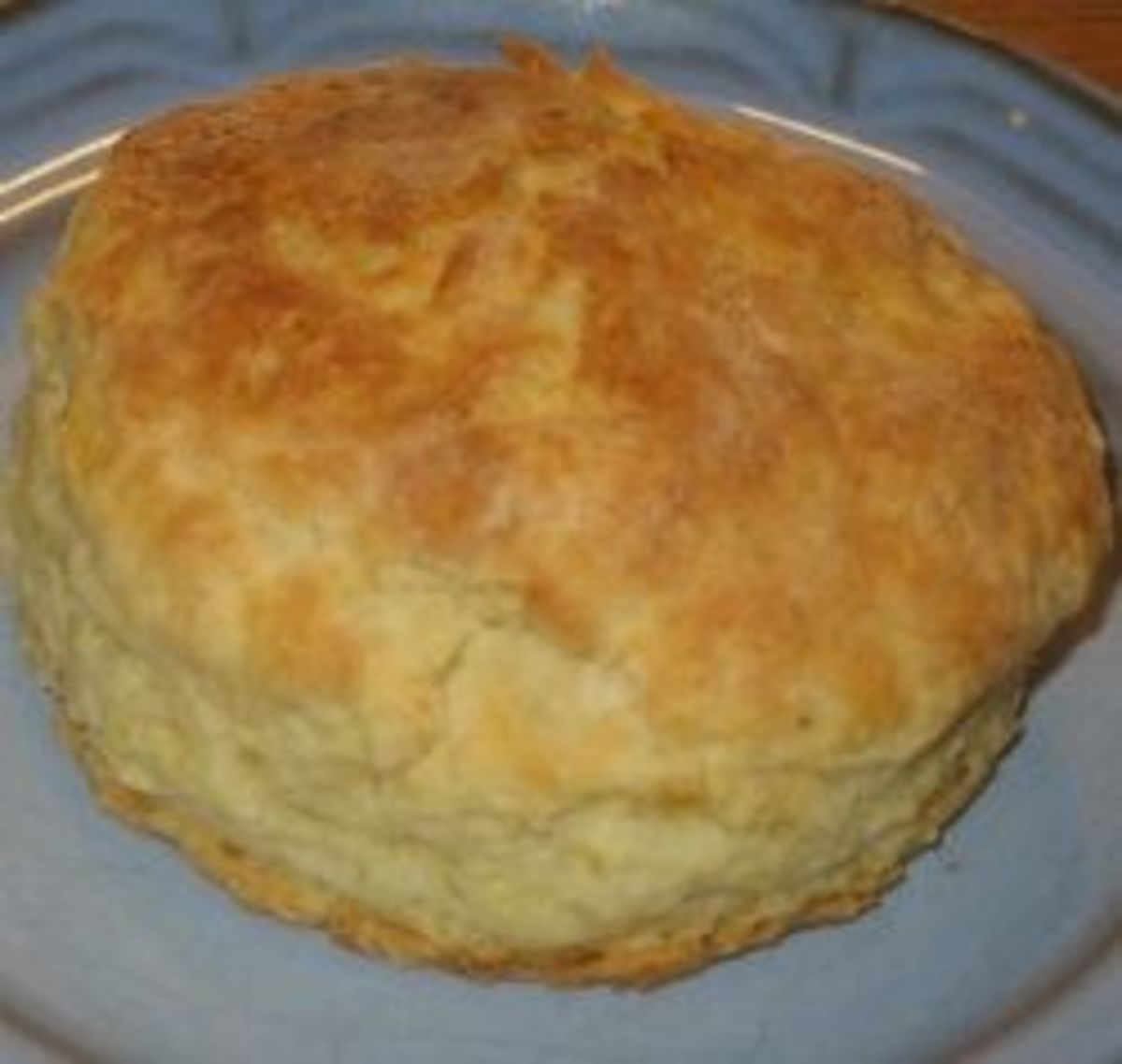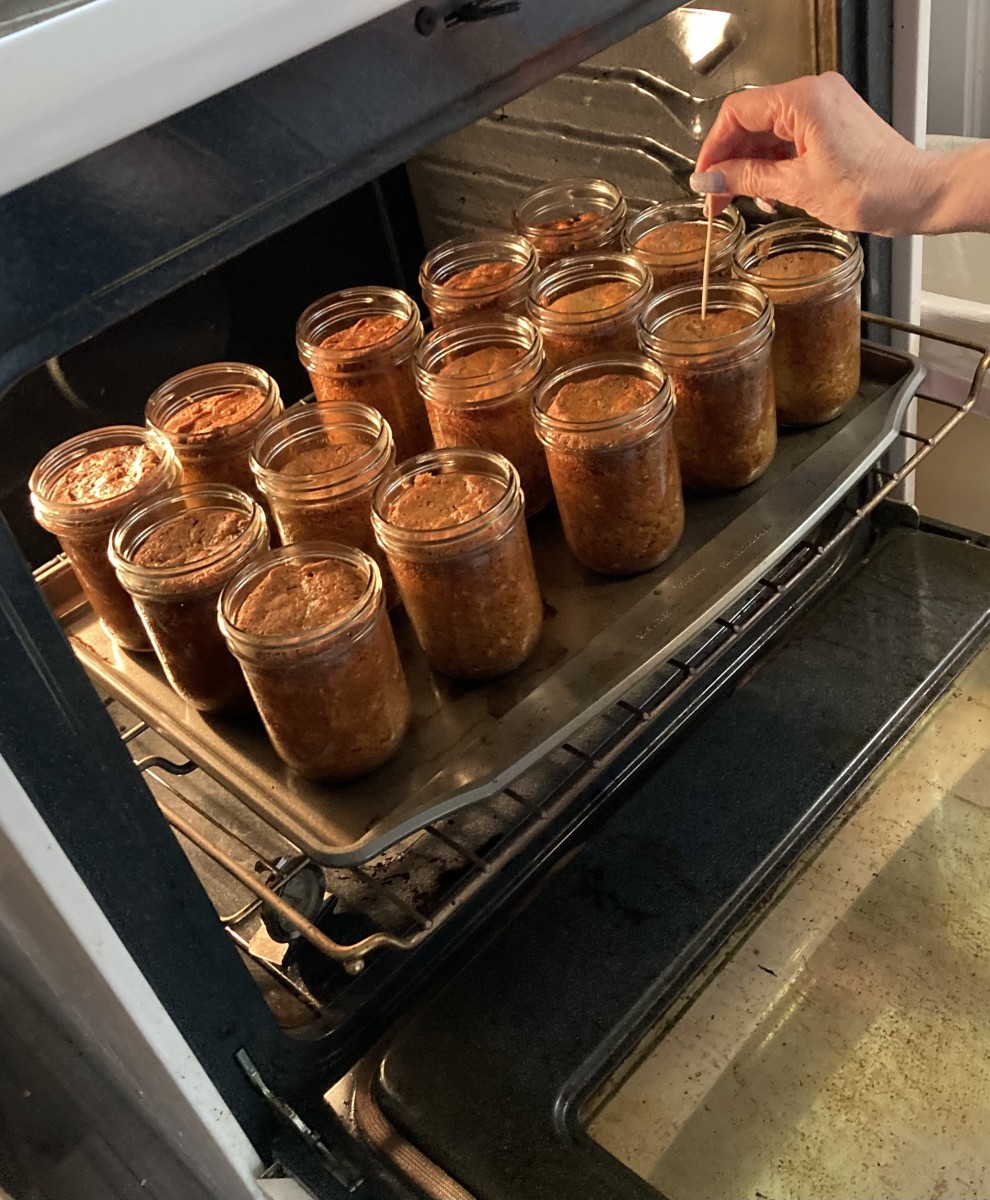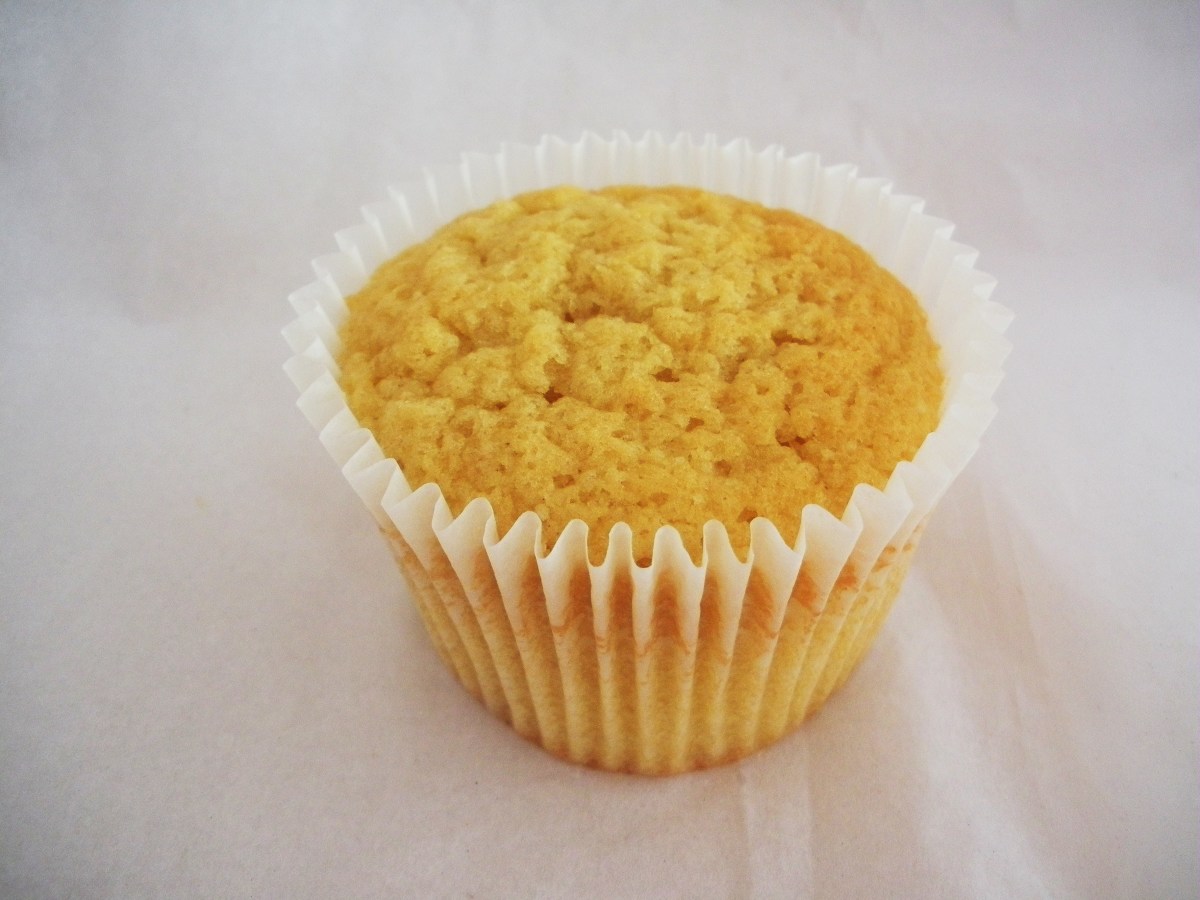Making Fantastic Yorkshire Puddings: A Traditional Yorkshire Delicacy!
Are you a Yorkshire lass or lad? Or just an enthusiast for traditional British food? Either way, you’ll almost certainly be familiar with Yorkshire puddings, even if you’ve never made them yourself. ‘Yorkshires’, as they tend to be abbreviated, are an essential component of the traditional ‘Sunday dinner’, as it is consumed across Britain but especially in the North of England. Sunday dinner consists of ‘the roast’ (i.e. beef, lamb, chicken, pork or some other ‘pot-roast’ type meat), sliced with artistic skill by the man of the house, vegetables, gravy, roast or mashed potatoes (or both), optional stuffing and finally – and possibly most importantly – the Yorkshire puddings. They are the very glory of a Sunday dinner!
Buy Yorkshire Pudding Products On Amazon
If you are a vegan or are trying to feed one then you are probably out of luck where Yorkshire puddings are concerned, given their egg, milk and lard content. In our house we have tried to make vegan Yorkshire puddings, but so far with only minimal success. In this hub I’ll concentrate on the regular old non-vegan Yorkshires. They’re a lot easier to make – although there’s still a bit of secretiveness and art to them.
In the pan!
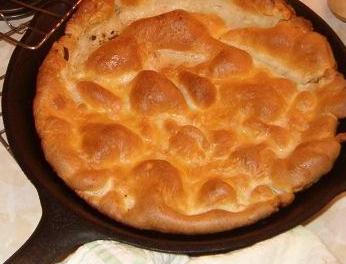
So what’s the secret to making truly great Yorkshire puddings? Ask any Yorkshire person and each one will probably give you a different answer, finishing up with the admonishment that ‘However, don’t forget, my Mum makes the best Yorkshires in the world!’ (I think even people whose mums get their Yorkshires from Iceland believe this.)
How Are Your Yorkshires?
The basic ingredients of Yorkshires are simple to list: plain flour, eggs, a pinch of salt, milk, cold water, lard, dripping or other cooking fat. It’s how to put them together that’s the key! If you have just a little wander around the search engines and browse a few cookery sites, you’ll very soon have umpteen specific weighed and measured recipes that will list your steps from A to Z in order to produce fantastic Yorkshire puddings. Personally this isn’t how I roll.
I make Yorkshire puddings the way I was taught, and that way doesn’t includes scales or a measuring jug or anything of that nature. This is how I make Yorkshires. First take a small mixing bowl, and put three large heaped dessertspoons of plain flour in it. Add a pinch of salt and mix in. Take a couple of large eggs, break them into a cup (one at a time in case of bad eggs). Whisk or beat them up. Take a spoon and make a ‘well’ in the flour in the mixing bowl. Add the eggs and slowly fold them in, making a thick batter. Take half a cup of milk and slowly add it bit by bit until you have a thinner batter (but not thin and watery). It should be a little thicker than you would make pancakes with. You don’t have to add all the milk, just enough to get to this consistency. Then take a cup of cold water and add a little of that, beating it in, until the batter is a little thinner than you would use for pancakes – just a little. Beat well with a fork – not a spoon – for two or three minutes, then cover with a clean teatowel.
The batter should be made at the beginning of your Sunday dinner preparations and allowed to stand quietly. Anyone who walks past should be encouraged to remove the teatowel and beat the batter with a fork for a minute or two. Otherwise just let it stand.
Towards the end of your dinner preparations, with perhaps fifteen minutes to go, get your Yorkshire pudding tins out and put a little fat in the bottom of each indentation. Your oven should already be on for your roasting meat, or still be on if you have taken the meat out. Put the pudding tins in the hot oven and leave for a minute or so for the fat to melt and get hot. It needs to get hot hot hot, smokin’ hot, so it’s probably a good idea to have a window open, especially if you have sensitive smoke alarms! (I don’t mean to leave the fat in the oven till you have black smoke pouring out of it: it’s just in case you forget the tin is in there for a moment longer than you intended.)
When the fat is hot enough, take the tin out, pour a little batter in each indentation, and bung it back in the hot oven for five or six minutes or so. When the Yorkshires are done, you should have a trayful of glorious golden puffed-up fist-sized puddings, ready for a dousing of gravy (or jam, golden syrup and sugar, if you like one as a pudding). Enjoy: you’re a temporary official Yorkshire lass or lad!
Let's Link About Yorkshire Pudding!
- How to cook perfect yorkshire puddings | Life and style | The Guardian
Do you favour one big yorkshire or lots of little ones? Let's hear your dripping yarns and better batter banter - Plain and simple Yorkshire Puddings » Butcher, Baker
- Yorkshire Pudding



